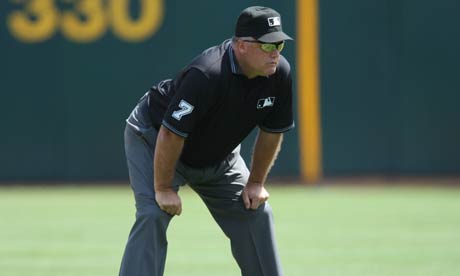This week we start a new unit called ACROSPORT.
ACROSPORT is a part of Gymnastics. It is a team competition accompanied by music.
Teams must create different structures and build human pyramids in time with the music.
ACROSPORT is a sport that needs physical strength, stamina, rythm, coordination and balance. It´s a team sport, so your partners DEPEND ON YOU.
It combines the beauty DANCE and ACROBATICS. Gymnastic skills add excitement to the exercises. Acrobatic show grace, strength and flexibility.
CHOREOGRAPHY and SYNCHRONISATION add beauty and creativity to each exercise.
To sum up, the STRENGTH, the FLEXIBILITY, the BALANCE and CONCENTRATION are extremely relevant for a good performance.
Here you can watch some videos connected with the topic. Enjoy them. In addition you can read some interesting english vocabulary.
Form groups Skills
Imitate Grace
Perform Helper
Lying position Lifter = stronger partner
To be aware Agile = lighter partner
Transition Face to face
Invent Back to back
First, second, third, fourth,…… On all fours
Sticks Kneeling
Rehearse Sitting down
Carry out
Improve
To be held
Safety
Routine
Balance
Creativity
Face up / Face down






